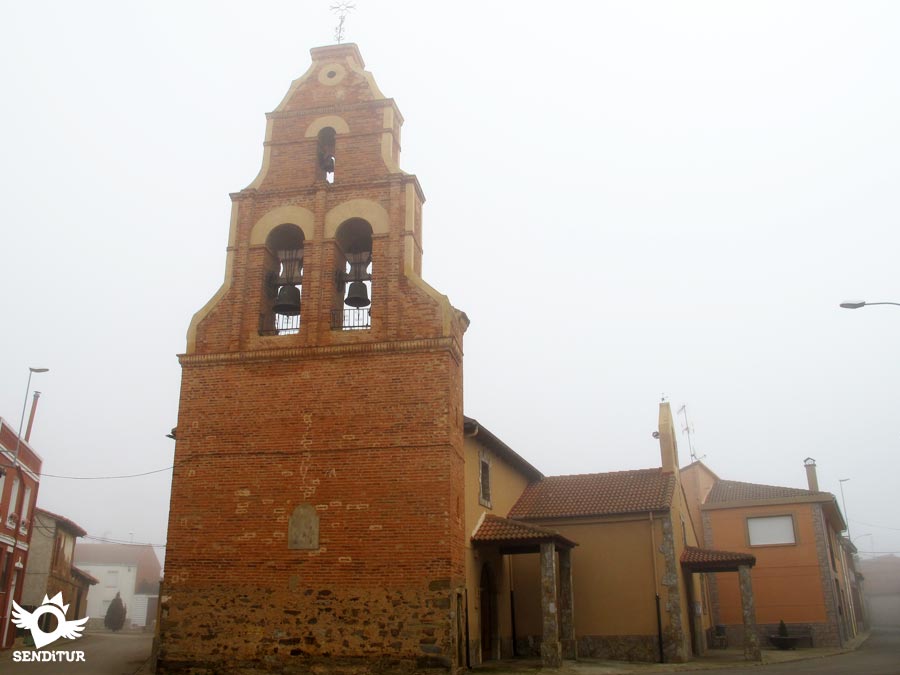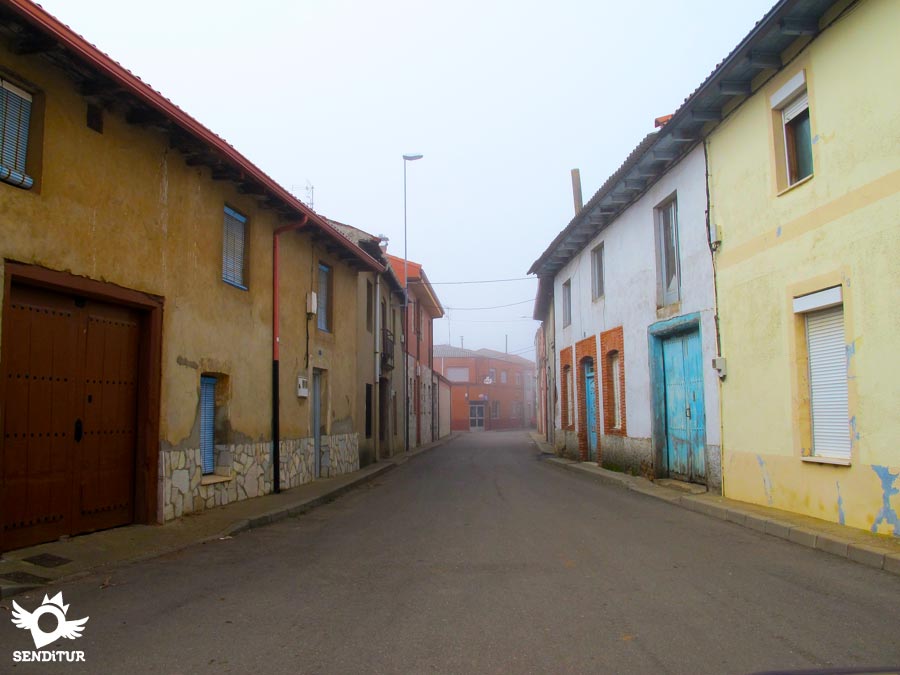Although it is catalogued within the riverside of the Orbigo, Villavante is located between the bank of the Orbigo and the moor of León. The Cerrajera Dam runs through the village. It is a tributary of the Órbigo and has a length of 40 kilometres, after which it returns to pour its waters into the river from which it takes them. Villavante may have been the resurgence of a settlement, like many villages in the area, in the tenth century and most likely in the place where in the past there was some settlement of those who were born given the proximity of the Roman road that linked the Medulas with Tarragona. The current name of the village could be a Mozarabic derivation in allusion to the name of its possible repopulator. In a document dated 1442 it is mentioned with the name of Villabantez. In the Middle Ages, at the beginning of the pilgrimages to Santiago, the Jacobean route took advantage of the Roman road that passed through here.

It seems to be and some testimony says so, there were in the area some monasteries and a hermitage whose title was of The Cross, as reflected in a writing of the year 1616. In the late nineteenth century Villavante sees with true joy as a railway line passes through the village with the consequent benefit for the transport of their crops and products, but had to wait until 1981 for the train to stop for the first time to pick up passengers. Villavante currently has a neighbourhood council and is part of the Santa Marina del Rey Town Hall.
Villavante, thanks to the channel of La Cerrajera, had three flour mills of which two are preserved in good condition. Among its houses is the church of the Virgen de las Candelas which dates back to the end of the 17th century.

Villavante celebrates its patron saint the Virgen de las Candelas on 2 February, and the Holy Trinity is after Pentecost, although the celebration on both occasions is moved to the nearest weekend.
In Villavante the carnival has two traditional protagonists, the bull and the guirrio. The young men who were going to enter in fifths were the ones in charge of taking them out. The costumes are the same at the base. Both wear underpants and a plush t-shirt, white and embroidered petticoats, the regional costume scarf, zurungallo, like a sash, a white scarf around the forehead, black boots and cowbells tied around the waist to warn of their presence. What differentiates them is the skeleton, in the bull is made of wood and is covered by a white sheet with two cow horns on the front and the guirrio covers his face with a comic mask and in each hand carries a wicker rod to open passage.
In Villavante, on the first Sunday in August, the now famous "Bell Ringers Encounter" is held, which brings together a large group of master bell fighters from all over the peninsula, and here they display their art and mastery with the ringing of bells. They sound at dawn, at prayer, at supplications, at death...

According to legend the origin of the Cerrajera Dam can be from the early eleventh century and is due to the loves of two young Moors Aliatar and Zaida. These arrived with their families to León lands from Andalusia and settled, his on the banks of the Órbigo and hers on the moorland. One day, while Aliatar was walking with his horse, he arrived at the village of Zaida. When he saw her, the boy fell in love with her and returned day after day until he managed to make her fall in love with him. When he presented himself to the girl's father asking her to marry him, he was a little reticent about the fact, and told her that he would consent to it when he saw the waters of the river Orbigo pass under his house. Aliatar, far from being discouraged, got down to work and with the help of neighbors and relatives he began the works of the new dam. To Zaida the days were eternal waiting that his beloved could fulfill the imposed condition. One day, when he was already losing hope, as he looked out of his window, he saw how the water ran along the side of his house. A little later his beloved arrived accompanied by a great procession and the wedding of Aliatar and Zaida was celebrated between great celebrations and with the consequent joy of the towns of the zone that finally could water their fields.
Villavante is accessed from the nearby N-120, more specifically we will find the detour for the town in the stretch that goes from Hospital de Órbigo to San Martín del Camino. It is also possible to get there from Acebes del Páramo on the CL-621, the road that links Santa María del Páramo with Puente de Órbigo on the N-120.
Villavante has a daily bus service that connects you with León.
Villavante has a station, a railway stop, which provides service from Leon with a stop on Friday afternoons.
SENDITUR is not responsible for any variation in the information described, as well as for the misuse of its guides and recommends that everyone be responsible and prudent in carrying out the activity. Likewise, we invite you to document yourself with books and specialized guides to complement the information described. From the commitment of SENDITUR with Nature and the respect to the balance of the environment, SENDITUR urges you to travel in a responsible way, with low environmental impact and respecting at all times the Natural, Cultural and Social environment wherever you go. For any suggestion, SENDITUR invites you to send an email to .
Continue watching …